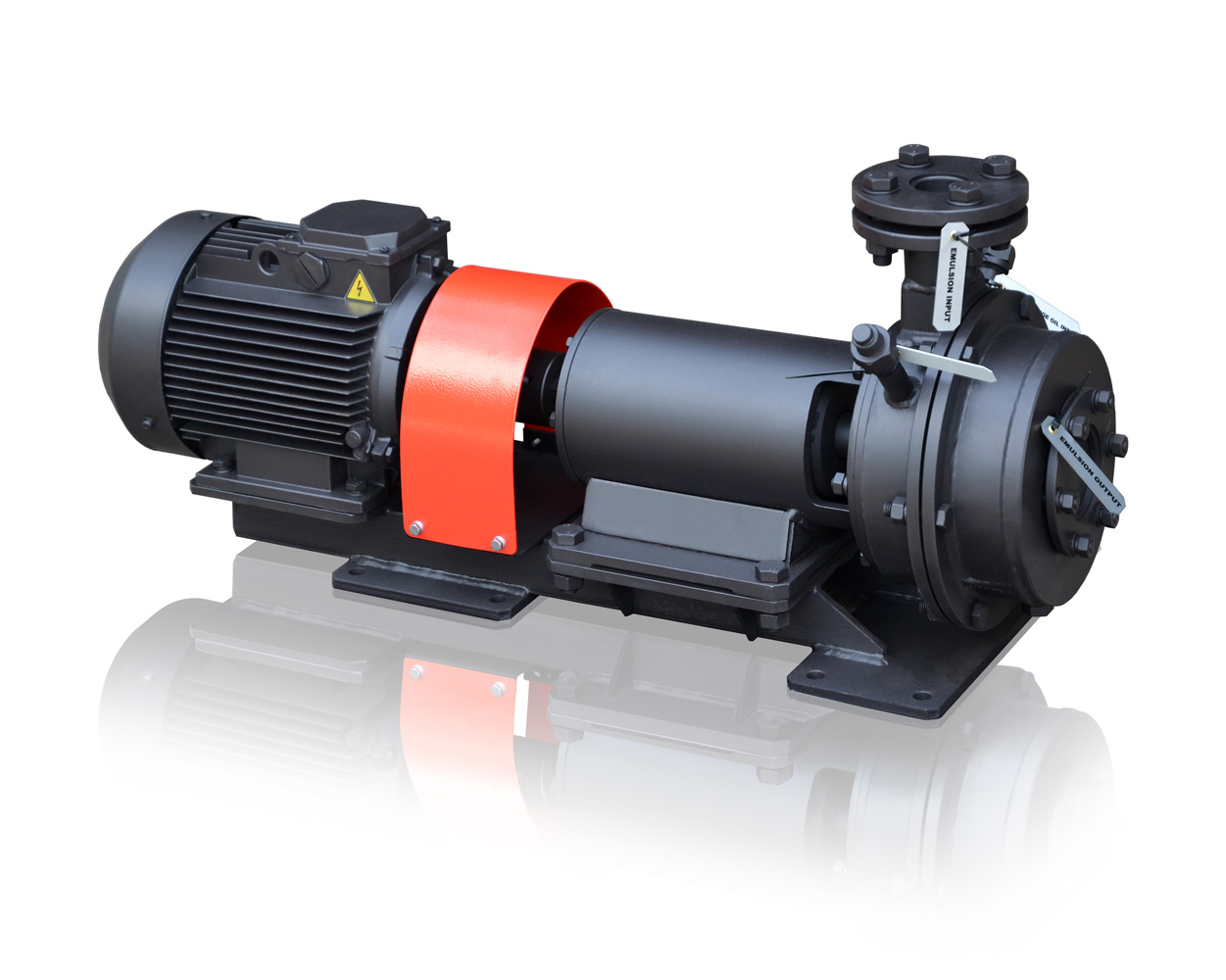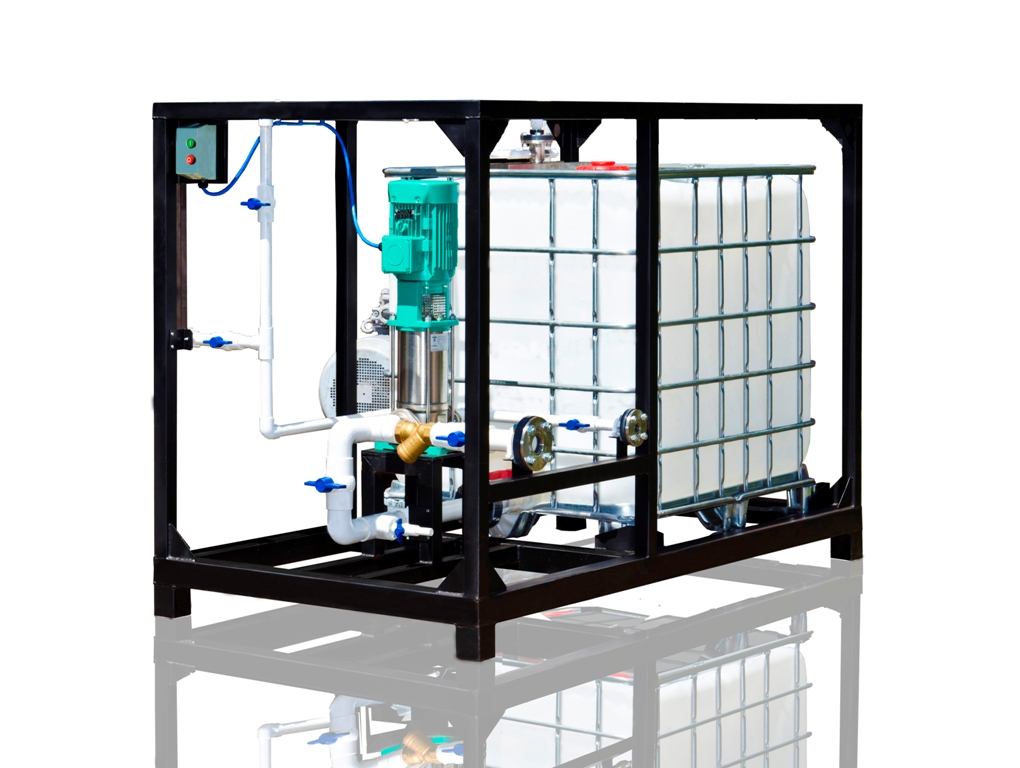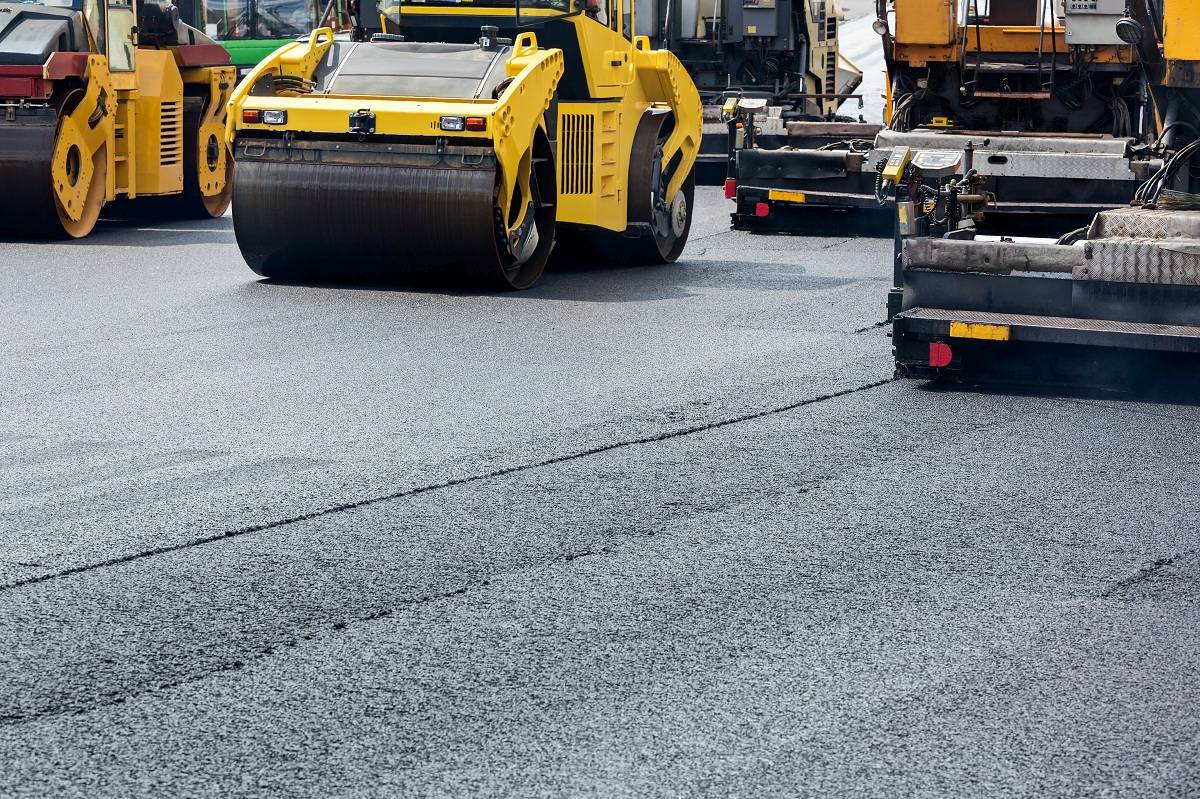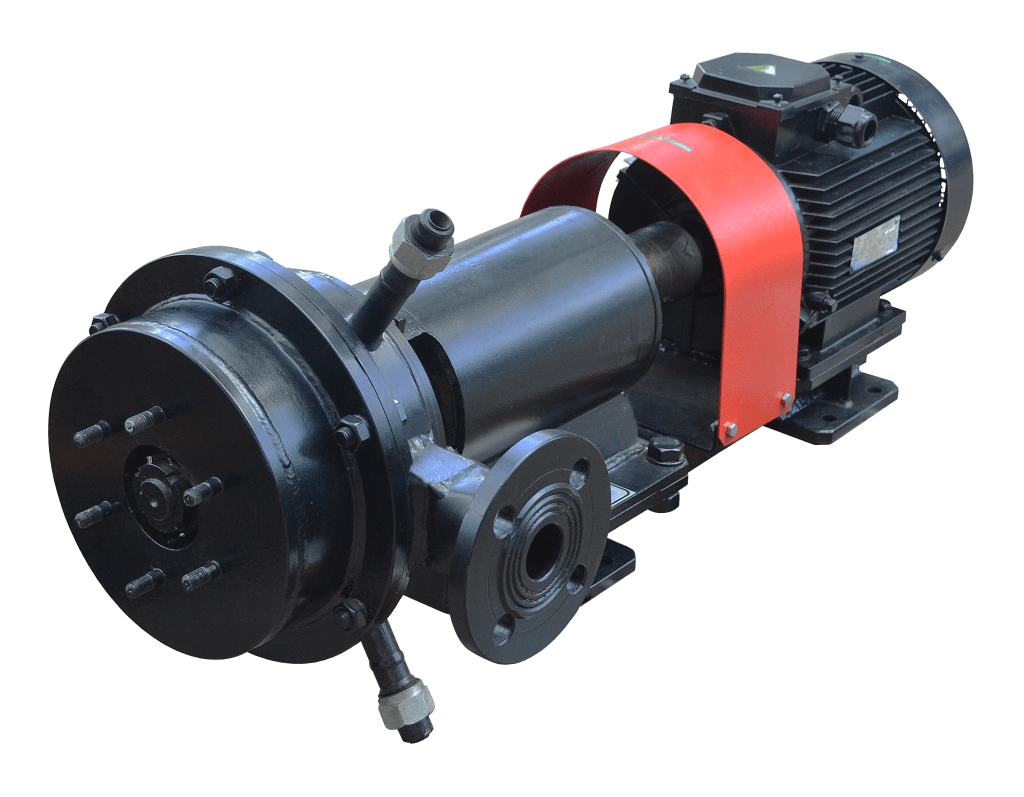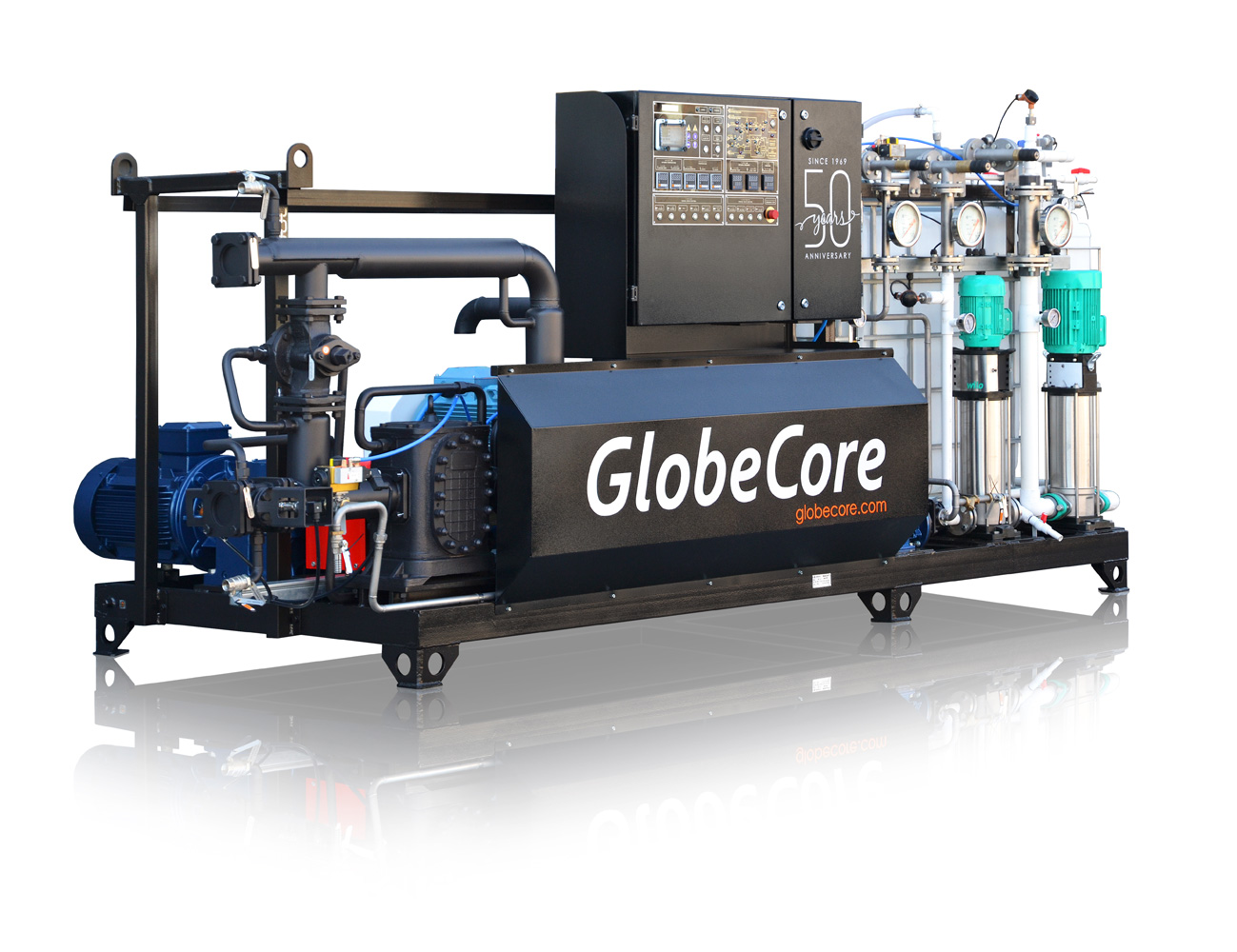
Heated bitumen yields the superior position to bitumen emulsion in road construction projects. Emulsions have better adhesive properties, are more easily spread over the road surface cover, and can be laid on a damp base. Due to high penetration rates, emulsions easily fill the cracks and irregularities in the roadway.
Modern, technologically advanced equipment is required for the quality production of bitumen emulsion products. The production line for manufacturing bitumen emulsion should produce a stable product that (1) does not break down into water and bitumen during storage and transportation and (2) when received at the job site, the bitumen emulsion should have maintained its performance parameters as to its specified viscosity, acidity, adhesion and other physicochemical properties.
When selecting bitumen and emulsion equipment you should primarily choose the type of operational cycle that best meets the needs of your company. The operational cycle may be be continuous or periodical. In continuous plants, the water solvent of emulsifier and acids are prepared separately and then they are blended with the bitumen. Such plants are relatively simple and can offer more variants and options when selecting such equipment. In turn the bitumen and emulsion batch plants do not require prior preparation of the solutions, allow the easy correcting of the recipe in place, and they are easy-to-use.
In general terms, any equipment for manufacturing bitumen emulsion consists of five (5) major components: (1) production line, the “heart” of which is a disperser and a mill; (2) vessels with reagents; (3) vessels for bitumen storage and finished emulsion (4) high tech pipelines and (5) a control system.
The quality of the bitumen emulsion is provided in the first place with the reduction the ratio of bitumen and mixing consistency of the emulsion components in the blending line. It is an industry known fact that something like bitumen emulsion can be prepared with the help of a one gear-type pump that is used as a mixer for an enormous quantity of emulsifier. This product however, as an emulsion most likely will exist for a couple of minutes and then it will be broken down into bitumen and water.
Colloid mills, that are used as mixers, provide high quality and homogeneity of the prime dispersion components. These mills should be chosen very carefully. If the owner of the plant reaches a decision to save on the quality of grinding when buying a mill of a lower price range, than he will inevitably be faced with the problem of emulsion stability. This problem however, could be easily solved by means of increasing the quantity of the emulsifier and acids (for reducing PH). As a result, this will lead to substantial rise of product costs because the price for reagents is very high. The “over acidity” of bitumen emulsion will lead to accelerated corrosion of metal surfaces of vessels and pipelines used in bitumen production and storage.
The dosing system is a very important aspect of the bitumen emulsion production line. Compliance of bitumen emulsion with the given recipe depends very much on the accurate work of the dosing system. Dosing with low cost equipment components is not very accurate and it cannot be adjusted during the work process, nor it can be corrected according to indirect parameters (e.g. frequent rotation of the inlet pump shaft). It is therefore, extremely hard to provide high accuracy with this equipment as the volume of pumped bitumen with the same values of pump rotation depends too much on the temperature, inlet and outlet pump pressure, and physicochemical properties of the bitumen. In practice, even a small mistake of 1% bitumen dosing greatly influences the working properties of some kinds of bitumen emulsion. Special flow meters are installed in bitumen and emulsion equipment of the middle and high price ranges. They allow for not only controlling the volume of the supplied components, but also introduce feedback and automatically correct the work of the inlet pump.
Vessels for emulsifier, acid, and adhesive additives can be mounted separately or can be supplied as chemical reagents mounted inside of the production block. The last variant is more preferable because less length of inlet pipelines increases the stability of inlet line work. Because of the quality of the heat insulation in the production module, the unit can easily sustain the desired temperature of the reagents that are specified in the operating manuals.
As a rule, a vessel for the storage of ready-made emulsion has a cylindrical form and it is installed horizontally or vertically. Practice has shown that a vertical vessel is more preferable as with some time a bitumen crust on the surface of bitumen emulsion will arise. The crust preserves its integrity when the bitumen level changes in the vertical vessel and prevents water evaporation from the emulsion. At the same time, the protecting crust in the horizontally placed cylindrical vessel is constantly breaking thereby not providing protection against unwanted evaporation.
We highly recommend discussing possible variants with the equipment manufacturer and/or an authorized dealer. You and your dealer or manufacturer should take into account the diversity of factors that help shape your decision making. It should be borne in mind that when choosing equipment for manufacturing bitumen emulsion, the availability of several variants and solutions that are offered to the customer of technical equipment can make it difficult to determine the right choice. GlobeCore employees always know what the right choices are and will always help you to make the choice that is right for your business and operation.
